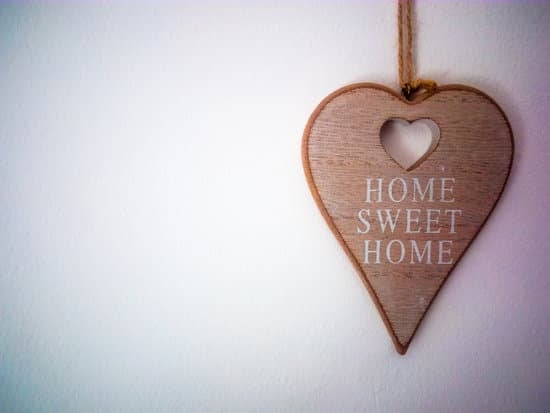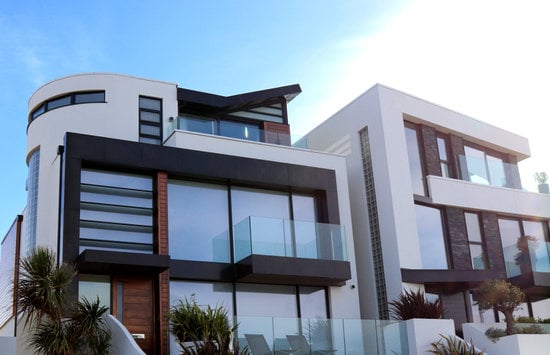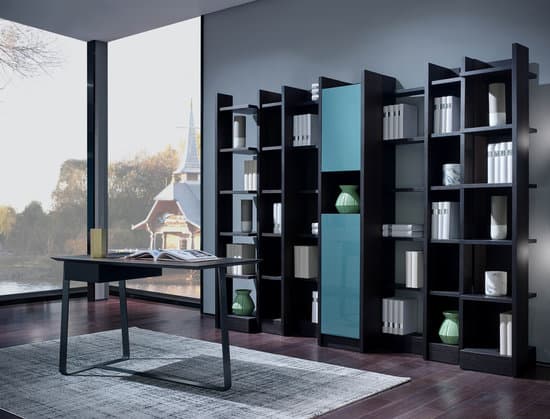If you’re contemplating between drywall or shiplap for your home, the cost may be a big factor to consider. At first, drywall seems like a more cost-effective option since they are cheaper per square footage. However, if you consider the installation cost, shiplap often ends up being the more affordable option. Here are some factors to consider when choosing between drywall and shiplap:
Installation: Installing drywall requires special skills and tools that many homeowners may not have. Hiring a professional to install the drywall can cost you a significant amount. On the other hand, shiplap is relatively easy to install, and homeowners can do it themselves with the right tools and some DIY skills. This makes it a cost-effective choice for homeowners who want to save on installation costs.
Maintenance: Drywall is prone to water damage, dents, and scratches, which can lead to expensive repairs. In contrast, shiplap is sturdy and resistant to wear and tear, making it a more durable option in the long run. Though, investing in priming and painting the shiplap can give it regular maintenance.
Style: Both drywall and shiplap are versatile when it comes to interior design. Installation and the finish can create an extensive list of possible styles for both. However, shiplap usually gives a more rustic and warmer ambiance while drywall highlights modern and contemporary features.
All things considered, the choice between drywall and shiplap depends on a homeowner’s budget, skills, and aesthetic preferences. In general, while drywall may seem like a cost-effective option at first, shiplap is a potentially less expensive option in the long run when considering installation, durability, and maintenance.




















